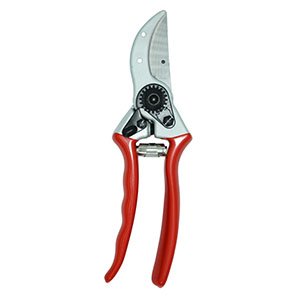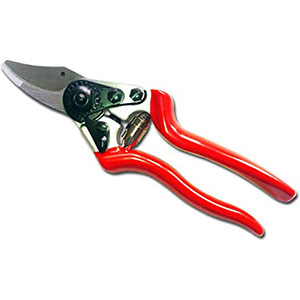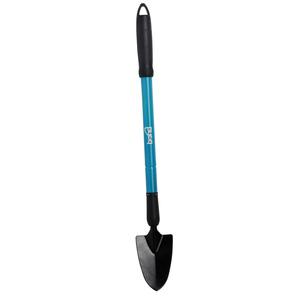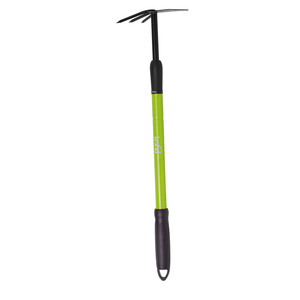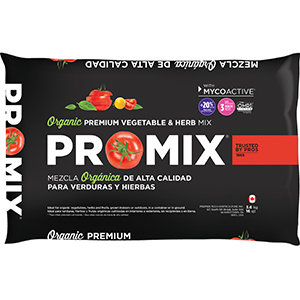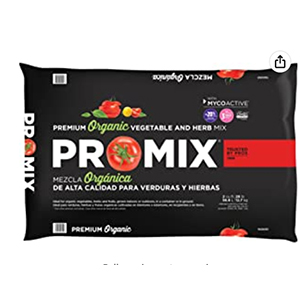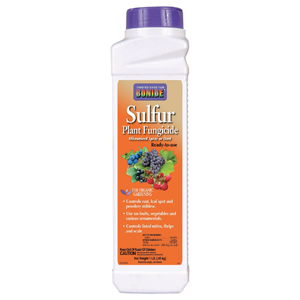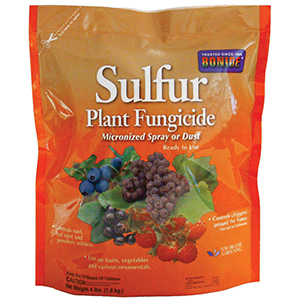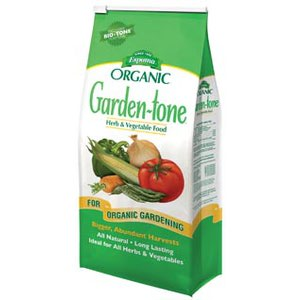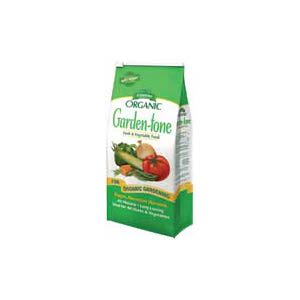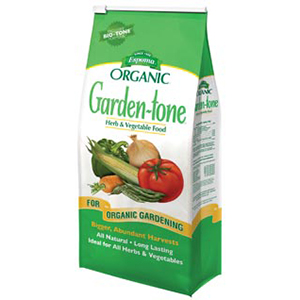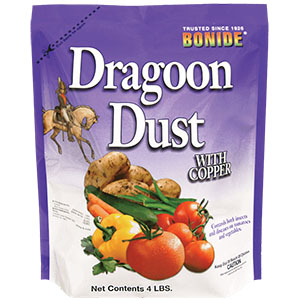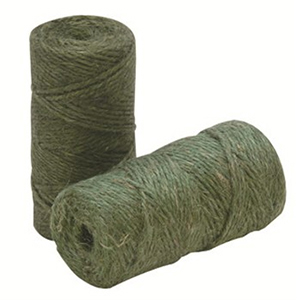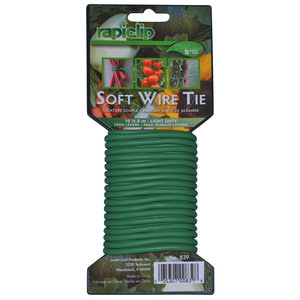Enjoying the fresh picked vegetables and herbs from the garden is the ultimate feel good story of the summer, especially if sharing with friends and family. Here are some tips for the harvest to help make your garden a better place to grow.
Using the Right Tool for the Job
Our efforts throughout the spring and into the summer included feeding, watering, and possibly weeding to bring those plants to harvest. Adjusting along the way for water, temperature, and winds, it’s time to snip, pick, pull, or pluck your bounty. Using the right pruner is mostly a matter of choice. The bypass pruner does a great job of collecting the stem portion inside the curved portion of the blade and allows a clean slice through the plant tissue. Anvil pruners, with its flat surface takes a steadier hand and will compress the blade against the flat steel anvil. This method may cause the wound to take a bit longer to heal over and possibly offer disease or insects a bit more opportunity. If using the very same pruners in the garden that you are using for all your trimming needs, it would best a good practice to clean the secuteers with a solution of one-part bleach to three-parts of water by immersing into a suitable container and allowing the blades to dry thoroughly before use on vegetables and herbs. You eliminate any disease spores from transferring onto or into the plant.
Clean Beds as You Go
In maintaining your garden, it is also a good practice to clean debris and fallen leaves from around your plants. This also helps reduce potential disease issues that might turn up as the plants slow down or feel the pressure of summer heats or growth exhaustion. It can prolong your plants ability to produce fruit, encourage leaf development and retention, while making the plant believe that its mission is still to produce and not quit. Remove competing weed growth between plants, too! This allows all of the soil moisture and fertilizer nutrients to go directly to the plant. Continue to gently tie up vines onto supports using non girdling ties that might cut through the plant stems. Winds from unexpected late summer thunderstorms can make quick work of wrecking a clustered vine of beautiful tomatoes when you least expect it.
Inspect to Protect
Another ongoing chore is inspecting leaf surfaces for insect issues or disease before the problem gets out of hand. There are still great remedies for insect and disease control in garden dusts. The added benefit is that there is little chance to burn a plant with liquid chemistry. Before you would use a liquid solution, make sure the plant is fresh and has had adequate moisture uptake. Refrain from using any chemical with an oil base to eliminate spray burn from intense sunlight. Spray early in the morning or early in the evening after the sun has set. If you have pets and children make sure you allow the area to dry completely before re-entering the area.
The Second Season
For those of you who enjoy gardening into the fall, as you remove plants from the spring garden, till the soil and add a non-burning soil amendment, compost, or manure which are commonly available. If you plan to feed, use a slow release organic fertilizer to offer a steady and usable nutrient source. Too much nitrogen might burn or create excessive growth. There are some great lightweight potting soils that can be added to help speed along good “seed to soil” contact for any seed germination needs. The nurseries and greenhouses from years past would offer and promote crops for October and November harvest. Broccoli, cabbage, and lettuce are still possibilities for bringing your late harvest to your dinner table. Add some herbs to the garden to make your favorite recipes aromatic and flavorful for many weeks more.
Using the Right Tool for the Job
Our efforts throughout the spring and into the summer included feeding, watering, and possibly weeding to bring those plants to harvest. Adjusting along the way for water, temperature, and winds, it’s time to snip, pick, pull, or pluck your bounty. Using the right pruner is mostly a matter of choice. The bypass pruner does a great job of collecting the stem portion inside the curved portion of the blade and allows a clean slice through the plant tissue. Anvil pruners, with its flat surface takes a steadier hand and will compress the blade against the flat steel anvil. This method may cause the wound to take a bit longer to heal over and possibly offer disease or insects a bit more opportunity. If using the very same pruners in the garden that you are using for all your trimming needs, it would best a good practice to clean the secuteers with a solution of one-part bleach to three-parts of water by immersing into a suitable container and allowing the blades to dry thoroughly before use on vegetables and herbs. You eliminate any disease spores from transferring onto or into the plant.
Clean Beds as You Go
In maintaining your garden, it is also a good practice to clean debris and fallen leaves from around your plants. This also helps reduce potential disease issues that might turn up as the plants slow down or feel the pressure of summer heats or growth exhaustion. It can prolong your plants ability to produce fruit, encourage leaf development and retention, while making the plant believe that its mission is still to produce and not quit. Remove competing weed growth between plants, too! This allows all of the soil moisture and fertilizer nutrients to go directly to the plant. Continue to gently tie up vines onto supports using non girdling ties that might cut through the plant stems. Winds from unexpected late summer thunderstorms can make quick work of wrecking a clustered vine of beautiful tomatoes when you least expect it.
Inspect to Protect
Another ongoing chore is inspecting leaf surfaces for insect issues or disease before the problem gets out of hand. There are still great remedies for insect and disease control in garden dusts. The added benefit is that there is little chance to burn a plant with liquid chemistry. Before you would use a liquid solution, make sure the plant is fresh and has had adequate moisture uptake. Refrain from using any chemical with an oil base to eliminate spray burn from intense sunlight. Spray early in the morning or early in the evening after the sun has set. If you have pets and children make sure you allow the area to dry completely before re-entering the area.
The Second Season
For those of you who enjoy gardening into the fall, as you remove plants from the spring garden, till the soil and add a non-burning soil amendment, compost, or manure which are commonly available. If you plan to feed, use a slow release organic fertilizer to offer a steady and usable nutrient source. Too much nitrogen might burn or create excessive growth. There are some great lightweight potting soils that can be added to help speed along good “seed to soil” contact for any seed germination needs. The nurseries and greenhouses from years past would offer and promote crops for October and November harvest. Broccoli, cabbage, and lettuce are still possibilities for bringing your late harvest to your dinner table. Add some herbs to the garden to make your favorite recipes aromatic and flavorful for many weeks more.


